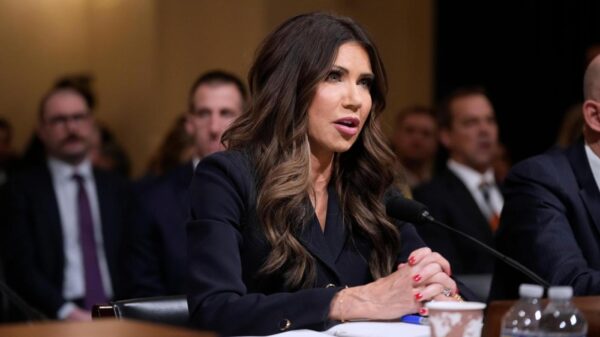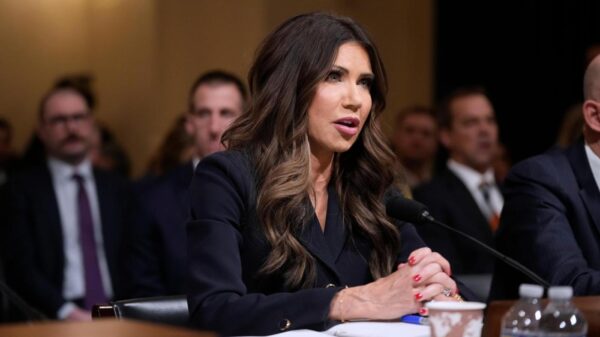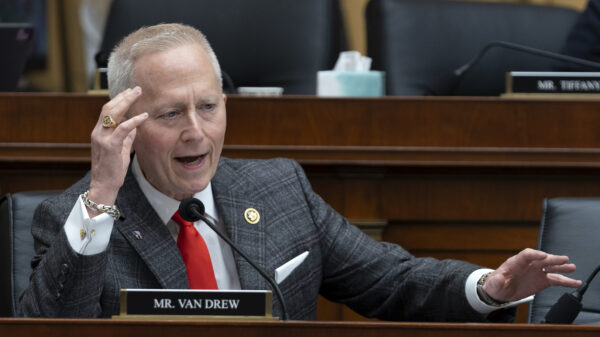A significant transfer of wealth, projected at $124 trillion by Cerulli Associates, is expected to occur across generations before 2048. This includes $105 trillion destined for heirs and $18 trillion earmarked for charitable contributions. As part of this trend, grandparents are increasingly looking to establish a financial foundation for their grandchildren through strategic gifting, which can also help in reducing estate taxes.
Gifting to grandchildren not only positions them for future financial success but also allows grandparents to pass down their values, such as generosity, while they are still alive. In the process, it reduces the overall size of the estate, potentially lessening tax burdens at the time of death.
Key Factors in Gifting Strategies
Before implementing a gifting strategy, several factors should be considered. The age of the grandchildren plays a crucial role, as it influences how and when they will access the funds. For instance, gifts for grandchildren under the age of 18 may require a different approach compared to those who are already adults.
Another important consideration is the financial responsibility of the grandchildren. It is essential to evaluate whether they possess the necessary skills to manage the money effectively. Establishing guidelines or strategies for managing funds can help ensure that any financial support is used wisely.
For grandchildren with disabilities, it is advisable to consult with an attorney who specializes in disability planning. This ensures that gifts do not inadvertently affect eligibility for government benefits.
Gifting Limits and Tax Considerations
In 2025, the Internal Revenue Service (IRS) raised the annual gift tax exclusion to $19,000 per individual. This means that grandparents can gift this amount to any person, including grandchildren, without triggering gift tax reporting. Married couples can double this amount, allowing for a total of $38,000 to be given per year without tax consequences.
Any gifts exceeding this annual exclusion will utilize part of the lifetime federal gift tax exclusion, which is set at $13.99 million per individual in 2025. If the annual limit is exceeded, it is necessary to file a gift tax return and keep track of the amounts given each year.
Building Educational Legacies Through 529 Plans
Contributing to a 529 plan offers another avenue for grandparents wishing to support their grandchildren’s education. These plans allow for tax-deferred growth, and withdrawals for qualified college expenses are tax-free. For example, a $5,000 contribution at an annual return of 6% with an additional $100 monthly could grow to $20,559 in eight years and $53,584 in eighteen years.
For grandparents looking to contribute beyond the annual limit, “superfunding” is an option. This allows for the frontloading of contributions, enabling a maximum of five years’ worth of contributions to be made at once. For instance, a single beneficiary could receive $95,000 today in a 529 account, with married couples able to contribute $190,000.
As of the 2024-2025 academic year, new rules regarding the Free Application for Federal Student Aid (FAFSA) ensure that grandparent-owned 529 plans no longer impact a grandchild’s financial aid eligibility. Additionally, if funds remain in the plan after college, up to $35,000 can be converted into a Roth IRA for the grandchild’s retirement.
Utilizing IRAs for Future Financial Security
If a grandchild has earned income, grandparents can contribute directly to a custodial traditional IRA in their name. The contribution limit for individuals under the age of 50 in 2025 is $7,000. These funds can grow tax-free until the IRS mandates required minimum distributions, which will be applicable at age 75 for individuals born in 1965 or later.
Similar to a traditional IRA, a custodial Roth IRA can also be established but allows the child to take control of the account upon reaching the age of majority in their state. Contributions to both types of IRAs are contingent upon the child earning reported income.
Custodial accounts, created under the Uniform Gifts to Minors Act (UGMA) or the Uniform Transfers to Minors Act (UTMA), serve as another gifting option. These accounts allow grandparents to teach children about investing while managing the account until the child reaches the appropriate age, which varies by state.
Tax implications for custodial accounts are important to note. For the tax year 2025, a child under the age of 19 (or a full-time college student under 24) is considered a dependent. The first $1,350 of unearned income is tax-free, while amounts exceeding $2,700 are taxed at the parent’s rate.
Creating a Lasting Financial Legacy
When considering financial gifts for grandchildren, it is essential to understand how each strategy aligns with individual values and financial goals. Gifting not only establishes a foundation for a secure financial future but also opens up vital conversations about money management.
For those with the means, thoughtful gifting can be a profound expression of love that contributes to a lasting financial legacy, benefitting families for generations. Teri Parker, a certified financial planner and vice president at CAPTRUST Financial Advisors, emphasizes the importance of informed decision-making when it comes to gifting strategies.
For further information, Teri Parker can be contacted via email at [email protected].








































































